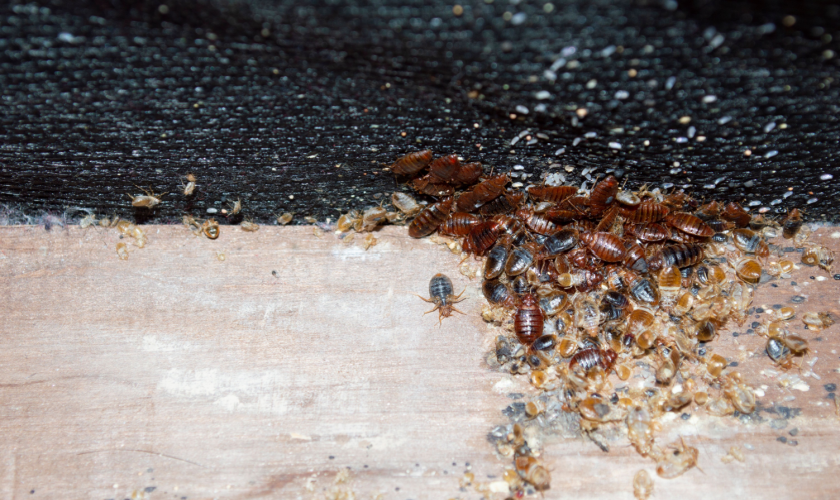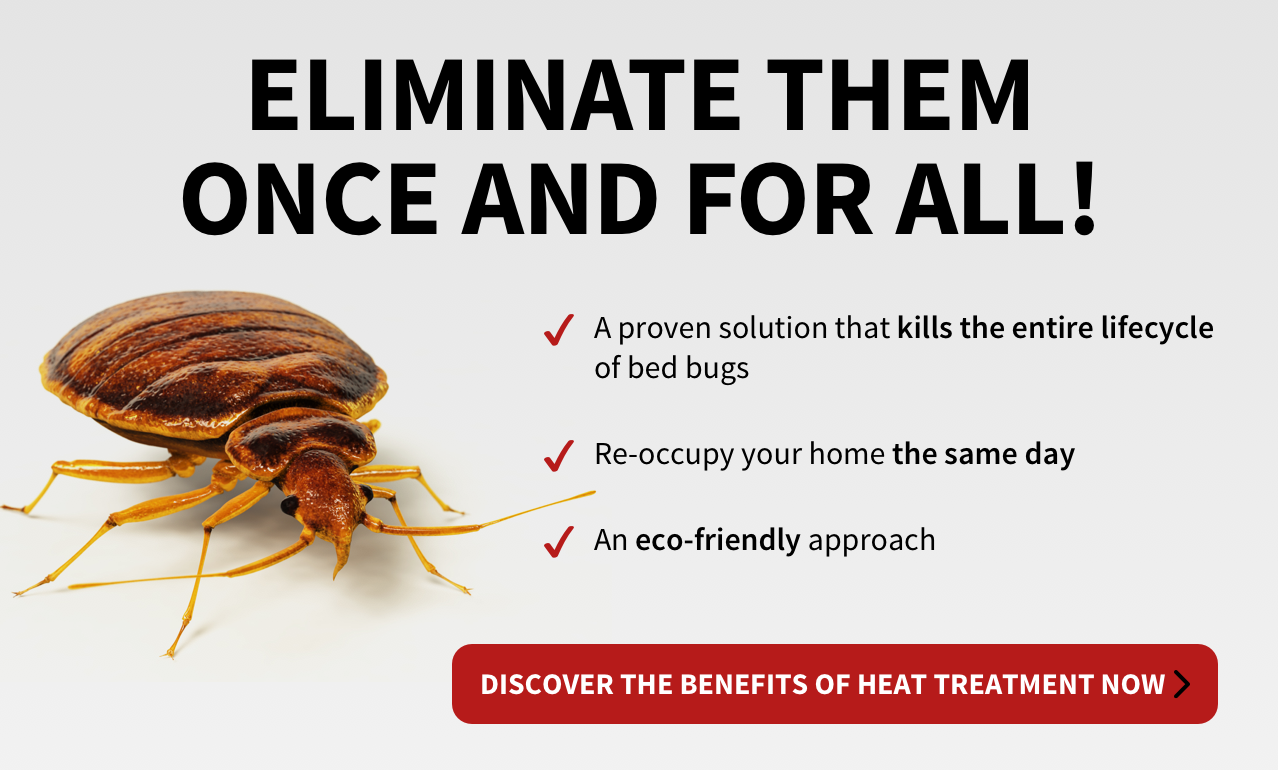A1 Bed Bug Exterminator Houston: Quick Removal Solutions
Understanding the Lifecycle of Parasites for Targeted Control Methods
Understanding the lifecycle of bugs is a fundamental element of reliable insect monitoring techniques. Via a deeper understanding of just how bugs progress and thrive, tailored control methods can be made to deal with certain factors in their lifecycle, ultimately leading to more effective pest administration end results.
Importance of Comprehending Pest Lifecycle
Recognizing the lifecycle of parasites is essential for developing efficient and targeted control methods in bug monitoring. By understanding the different stages an insect goes with from egg to adult, insect control professionals can identify at risk factors in the lifecycle where treatment can be most effective.
Additionally, acknowledging the particular environmental conditions essential for each and every phase of the bug's lifecycle can direct decisions on environment modification or exclusion approaches to interfere with the lifecycle and minimize pest populaces. This understanding allows pest management specialists to carry out aggressive actions as opposed to relying solely on responsive treatments, leading to even more lasting and sustainable pest control remedies. Inevitably, a complete understanding of insect lifecycles encourages bug control specialists to customize their methods efficiently, making best use of and reducing environmental effects control outcomes.
Secret Stages in Bug Development
To effectively execute targeted control methods in parasite monitoring, an essential element exists in adequately recognizing and recognizing the key stages in insect advancement. Pest advancement usually is composed of several key stages that are essential for their lifecycle and administration.

Susceptabilities in Parasite Lifecycle
Throughout the numerous phases of a parasite's lifecycle, distinctive susceptabilities arise that can be purposefully targeted for reliable control procedures. One important susceptability depends on the egg phase, where insects are typically much more vulnerable to specific insecticides or biological control representatives as a result of their soft external shell, making them simpler targets for intervention. Additionally, the nymph or larval phase provides vulnerabilities as insects go through fast growth and growth, needing high energy consumption that can be manipulated by interrupting their food sources or introducing development preventions. Pupal stages, characterized by stability and improvement, provide a window for targeted control via physical barriers or particular therapies that impede successful emergence. Grown-up insects, while extra durable due to their reproductive capacity, can still be at risk during breeding or egg-laying activities, which can be interfered with with scent traps or sanitation methods. Understanding these susceptabilities in the pest lifecycle is crucial for establishing efficient and exact control strategies that successfully manage bug populations while lessening ecological effect.
Implementing Targeted Control Steps

Carrying out targeted control procedures usually entails a multi-faceted method. This might include environment alteration to make the environment much less congenial to bugs, such as removing standing water for mosquito control or securing access points for rodents. In addition, organic control methods can be used, where all-natural killers or pathogens are introduced to maintain parasite populations in check.
Chemical control, such as the cautious application of chemicals, is another typical method. It is vital to make use of these materials judiciously to minimize environmental effect and prospective damage to non-target varieties - A1 Bed bug Exterminator houston. Integrated Insect Administration (IPM) methods that incorporate numerous control actions in a coordinated and sustainable manner are often the most effective in achieving long-term pest management goals. By implementing targeted control measures based on a comprehensive understanding of insect lifecycles, insect populations can be effectively controlled while minimizing threats to human wellness and the setting.
Improved Pest Monitoring Practices

Moreover, the incorporation of organic control agents, such as all-natural predators or pathogens of bugs, can help in reducing reliance on chemical pesticides and advertise a much more well balanced environment. Implementing physical obstacles and traps can likewise be part of boosted pest monitoring practices, supplying non-toxic and targeted options for insect control. In addition, using scents and other semiochemicals can interrupt pest breeding patterns and communication, bring about decreased bug populations gradually.
Verdict
By identifying essential stages in bug growth and susceptabilities in their lifecycle, targeted control actions can be implemented to reduce insect populations. Improved bug administration methods can aid lower the dependence on broad-spectrum chemicals and advertise even more ecologically friendly and sustainable insect control methods.
Understanding the lifecycle of insects is important for establishing effective and targeted control techniques in pest management. By comprehending the various phases a parasite goes via from egg to grownup, pest control specialists can determine at risk points in the lifecycle where intervention can be most effective. Eventually, a comprehensive understanding of parasite lifecycles equips insect control practitioners to customize their techniques effectively, minimizing ecological effects and optimizing control results.
By executing targeted control measures based on a detailed understanding of bug lifecycles, insect populations can be properly managed while reducing threats to human health and wellness and the environment.
By recognizing crucial stages in parasite advancement and vulnerabilities in their lifecycle, targeted control actions can be carried out to minimize parasite populations.